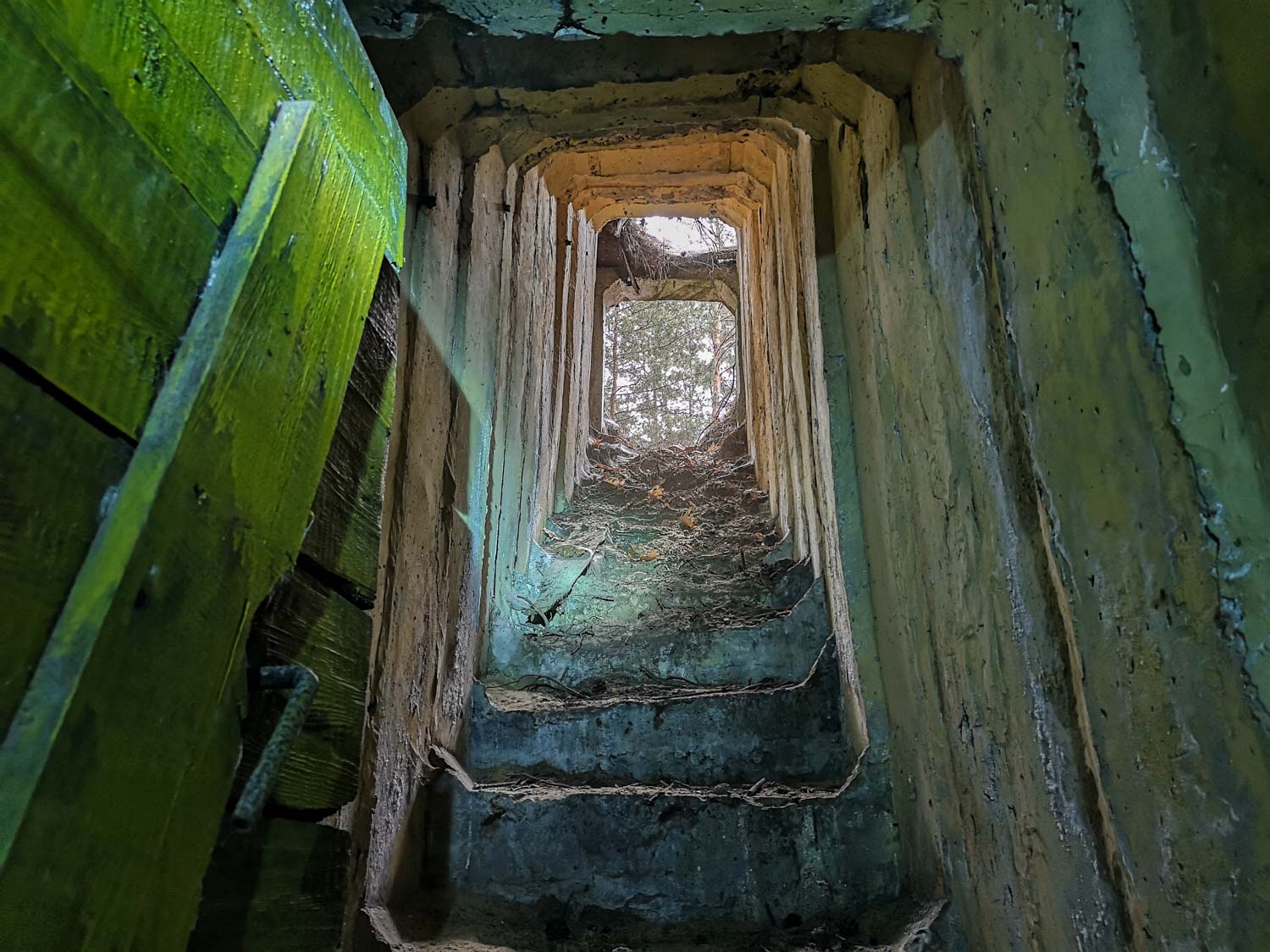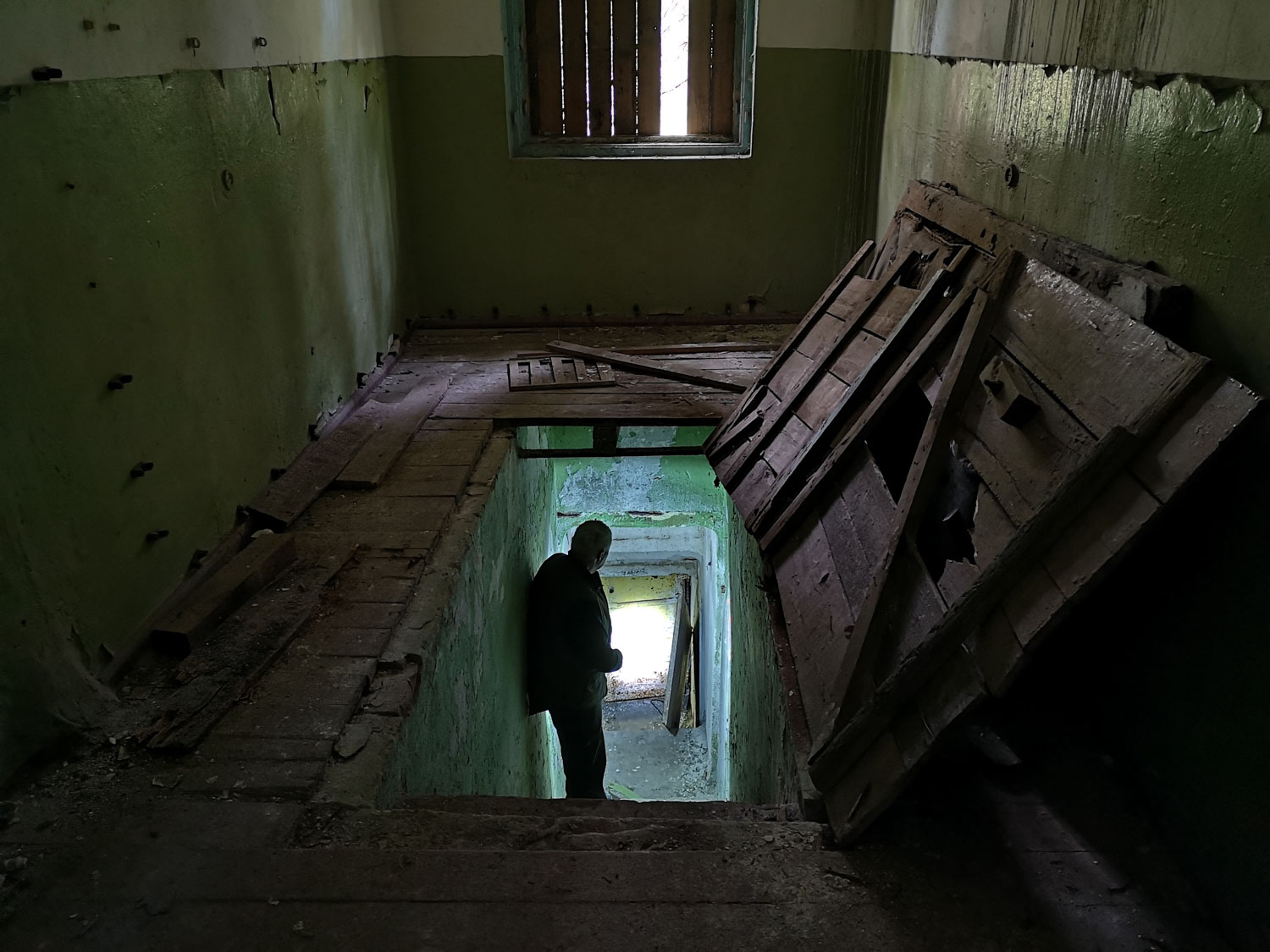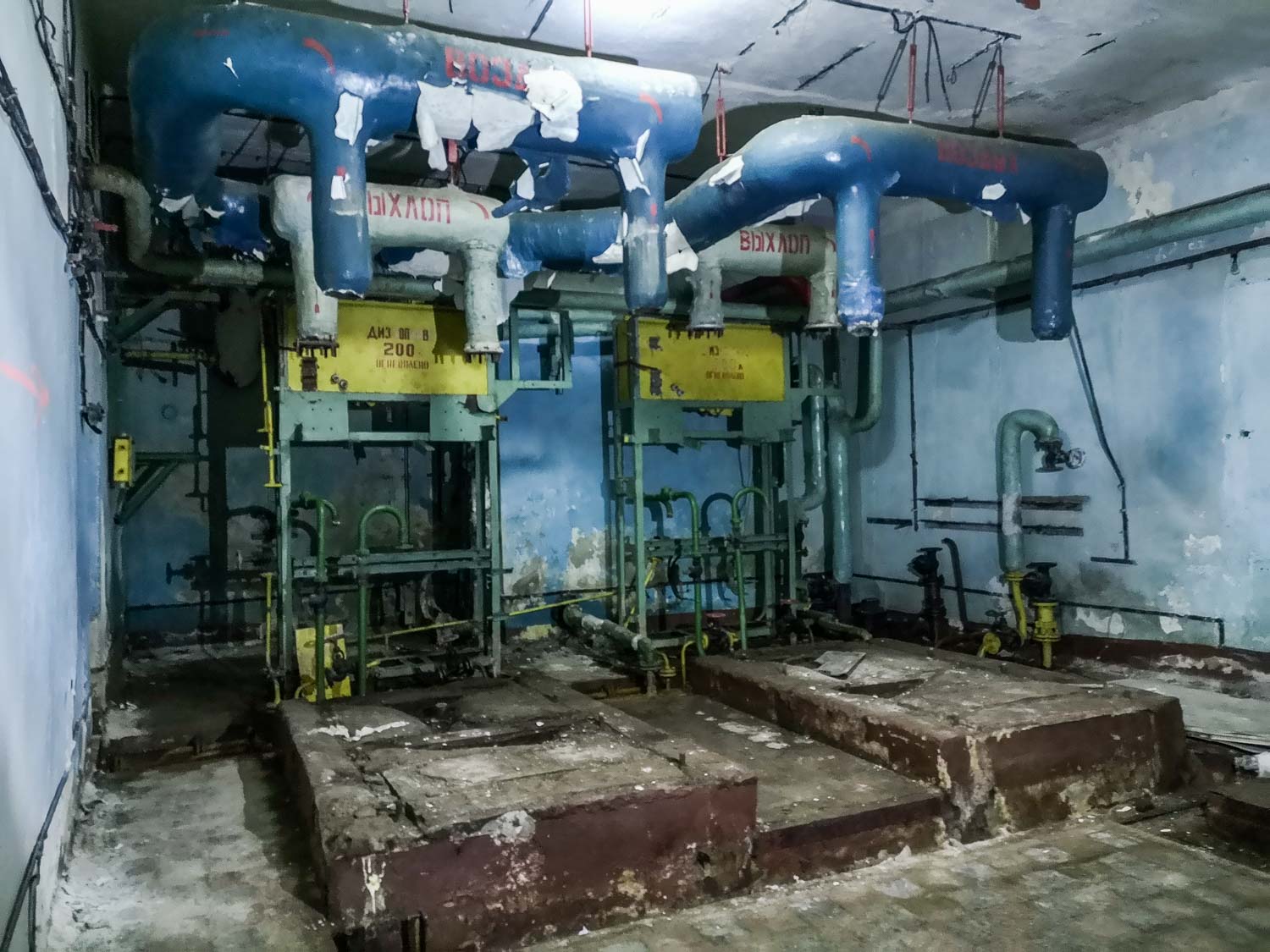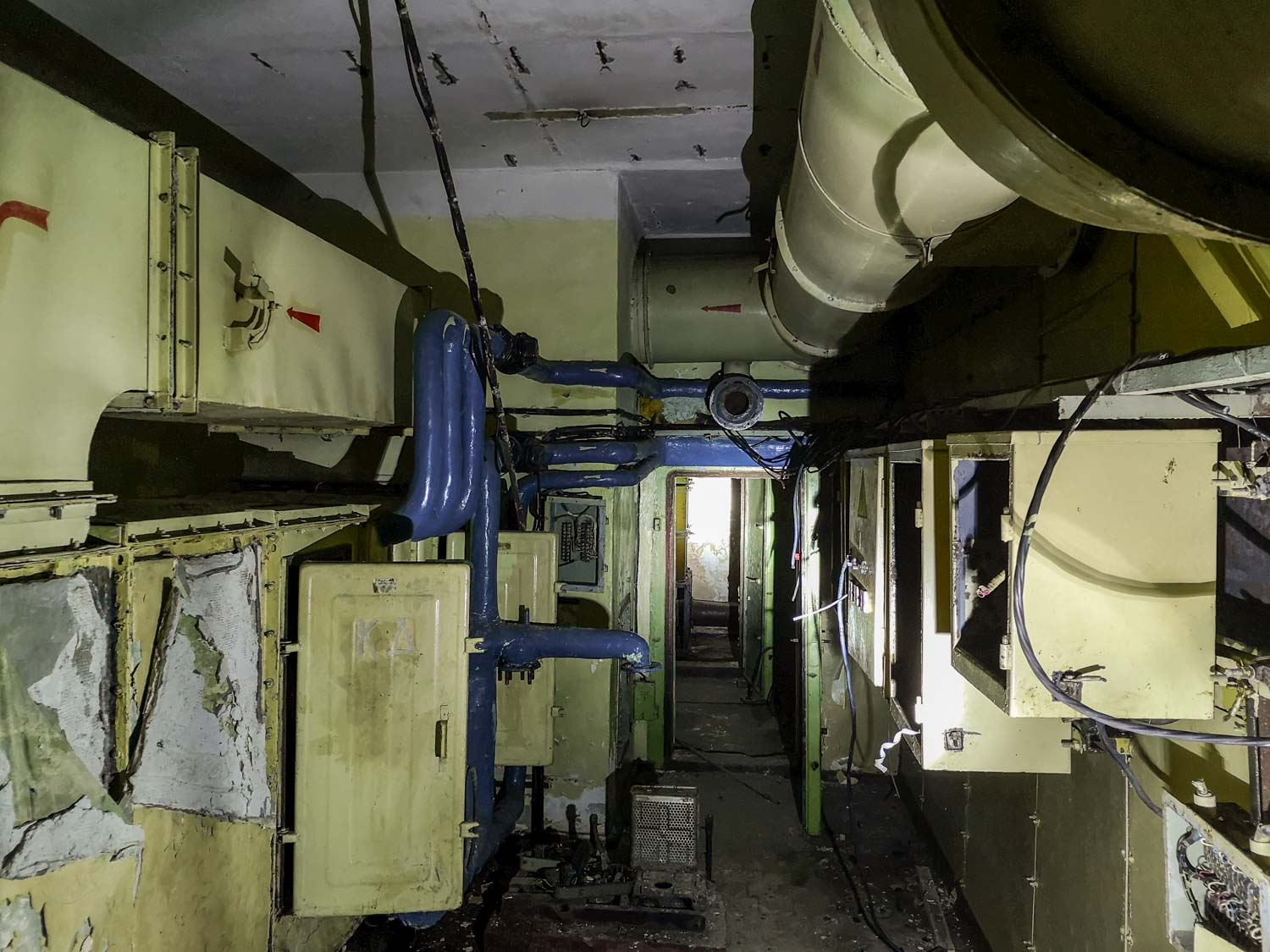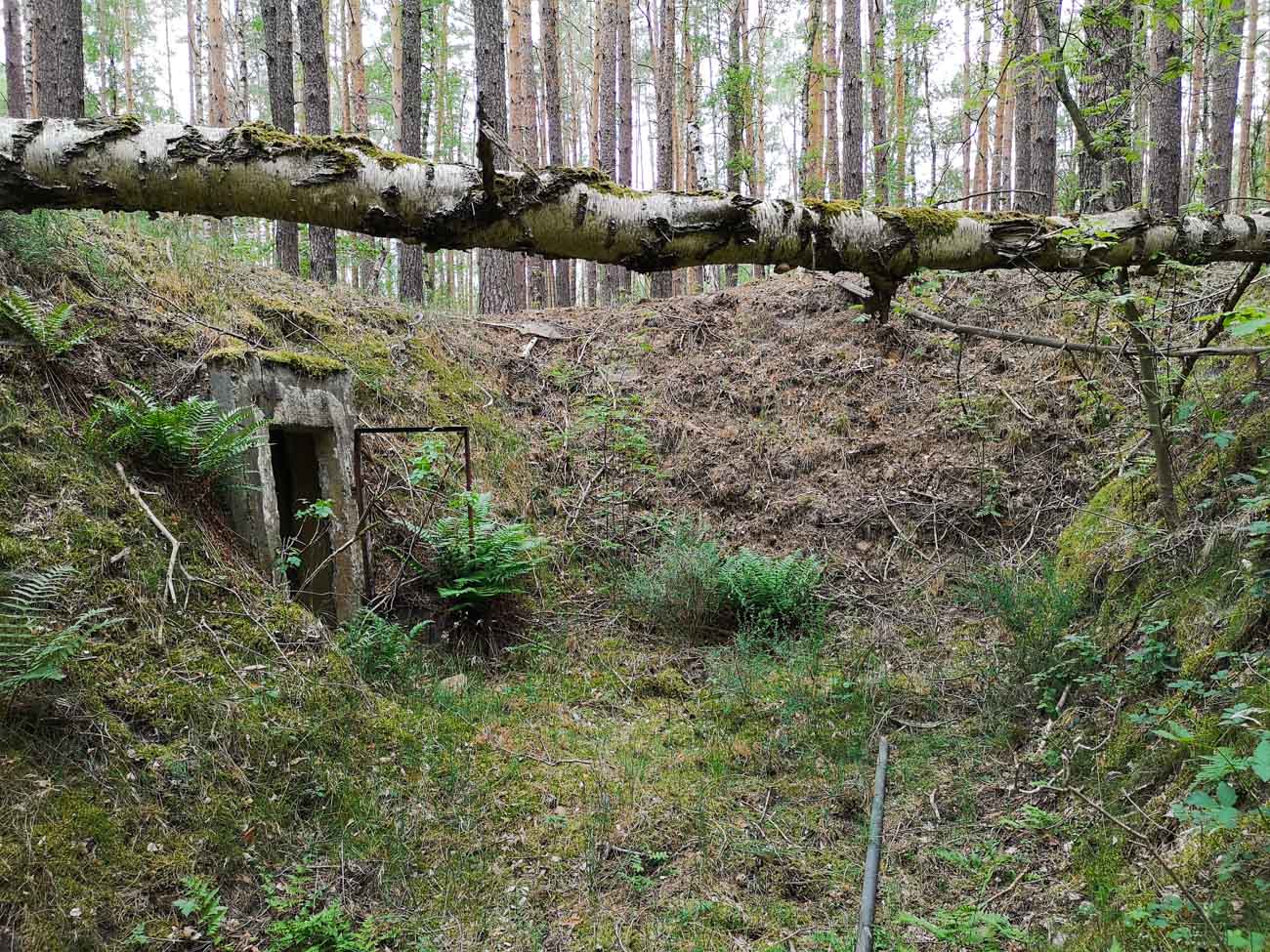Mysterious relics of the Cold War can still be found in the Brandenburg forests today. Large Soviet bunkers give a gloomy insight into a time when mankind was on the brink of the abyss.
It looks like a normal forest in the Berlin region. The soil is dry and pines dominate the vegetation. There are some inconspicuous barracks in the forest. Nothing suggests that a Soviet military site of the highest importance was located here. Beneath the earth lies a widely ramified system of bunkers that served as a potential retreat for the Soviet army command during the Cold War. From this command centre the war was to be orchestrated, which would have brought humanity to the edge of its existence.
In Brandenburg there was a large number of Soviet military training areas. The huge military training areas were not only used for training the soldiers or holding big manoeuvres, but they also offered ideal conditions for the construction of secret bunkers, because they were large restricted areas. No civilians were allowed in here. Only in the peripheral areas curious villagers sometimes "got lost" while collecting mushrooms. Even most Soviet soldiers were not familiar with the objects.
Here, underground command centres could be set up in secret so that the army command could have withdrawn far away from conurbations in case of an emergency. These properties had nearby helipads and access roads made of concrete slabs.
Already at the end of the 1950s a bunker for the staff of a Soviet army was built on this site. In the following decades the object was steadily expanded, so that its military importance increased until it became a command centre of the High Command of the Soviet troops in the GDR in the mid-1970s.
The main bunker for the High Command consists of dozens of rooms, which are connected by corridors. This and comparable bunkers have a similar structure. They mostly consist of prefabricated elements, and are massive steel and concrete constructions. Sparsely furnished, they nevertheless guaranteed a self-sufficient life for a certain period of time with their own power supply via generators, water treatment plant and air filters. If the nuclear cloud had spread on the surface, which would have radioactively irradiated practically the entire population, the bunker would have been completely shielded from the outside world, at least for a while.
The military core of the bunkers are the rooms for the briefing, where the current military situation would be discussed by the decision makers. Through the communication centres, they were in contact with other command centres and the troops at the front. In addition, there were further service rooms, bedrooms, kitchen, sanitary facilities and several entrances and exits. These were - like the bunkers themselves - mostly well camouflaged. Like in a spy thriller, the commander's bunker access is located under the planked floor of an office room within an inconspicuous barrack.
Around the bunkers one can guess the many covers for the vehicle fleet, which were covered with camouflage nets so that it was hardly possible to identify the area hidden in the forest from the air. Some of them had bunker-like niches for guard soldiers so that the army trucks parked there could be guarded around the clock with the highly sensitive communications technology and coding machines.
The sheer scale of this object and the immense material that was used is thought-provoking. For decades, the Cold War military conflict between the Warsaw Pact and NATO has determined politics on both a large and small scale.
At the end of 1993 the bunker complex was completely vacated by the Russian army and largely empty bunkers were handed over. Since then, the little-known object has been located in the Brandenburg forests.
Further interesting blog posts about Berlin's Soviet history as well as guided tours in Berlin, Potsdam and beyond can be found on our pages.
